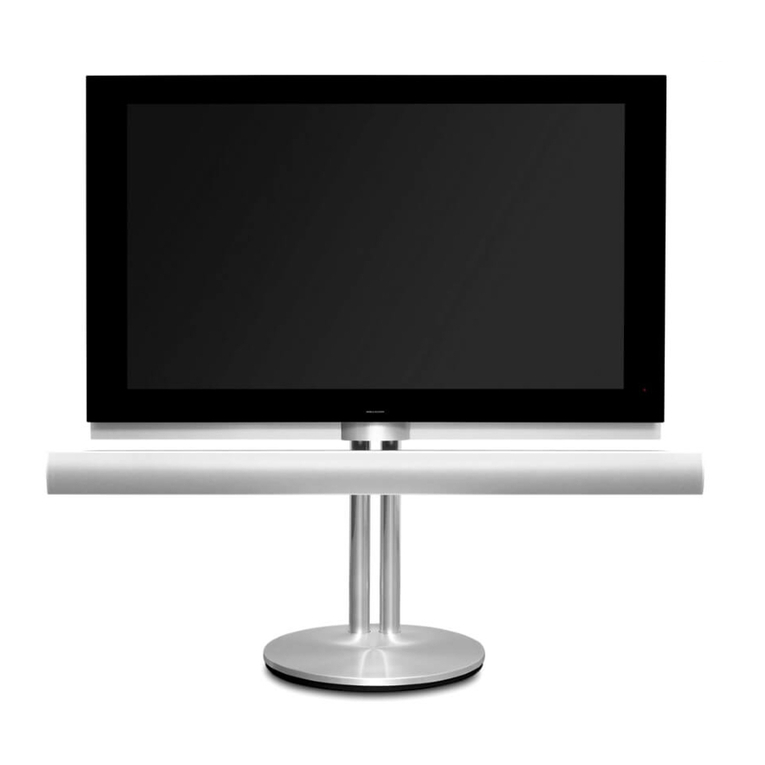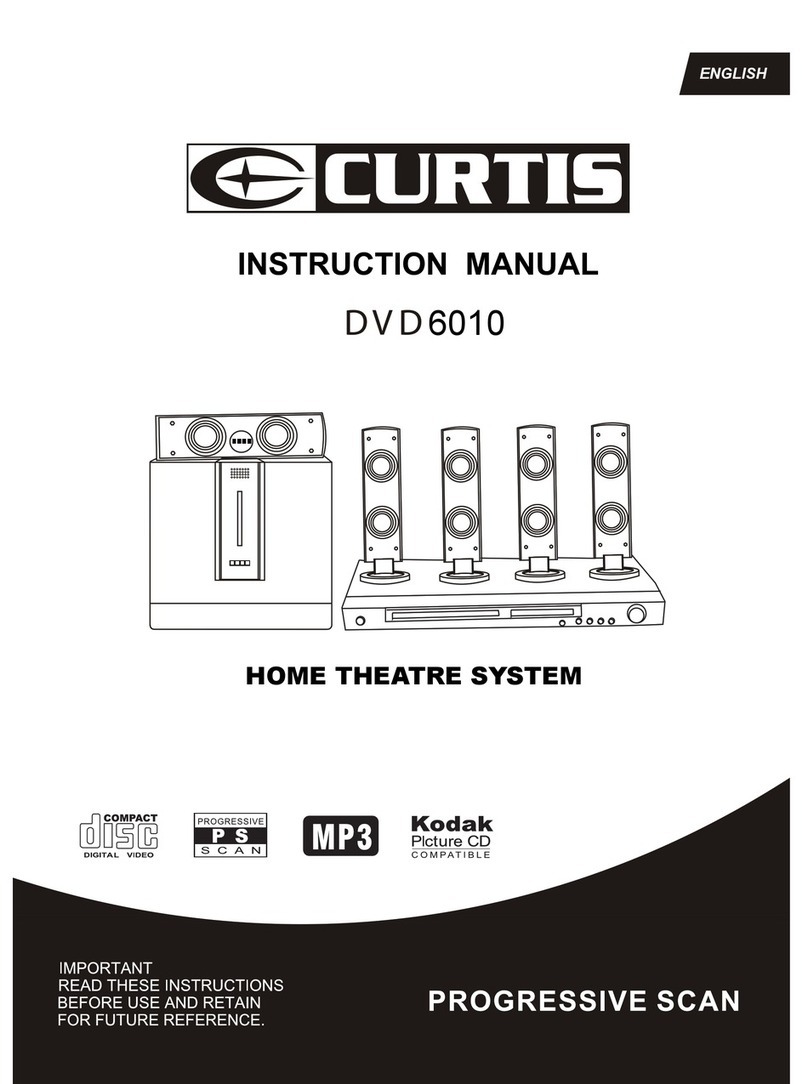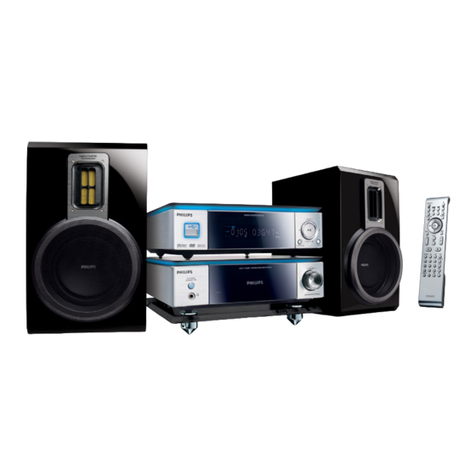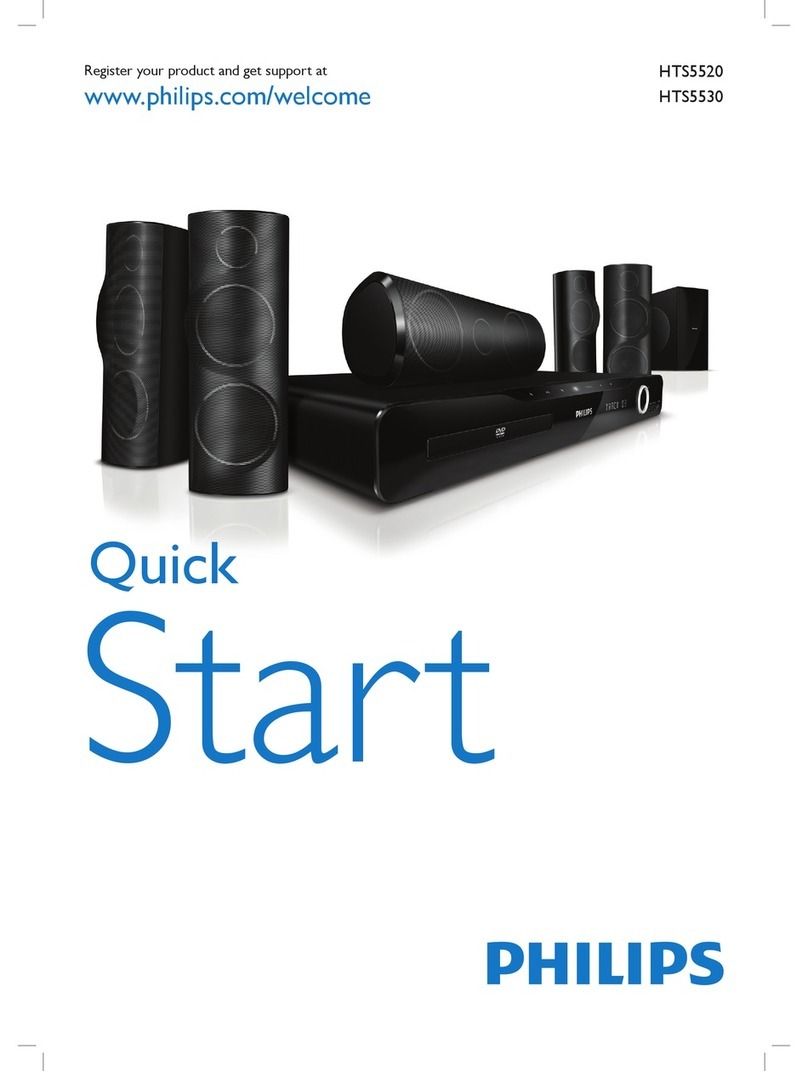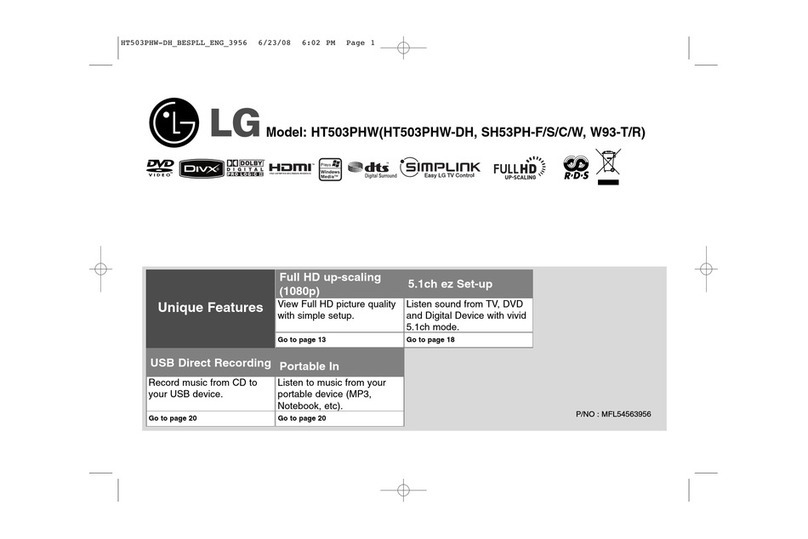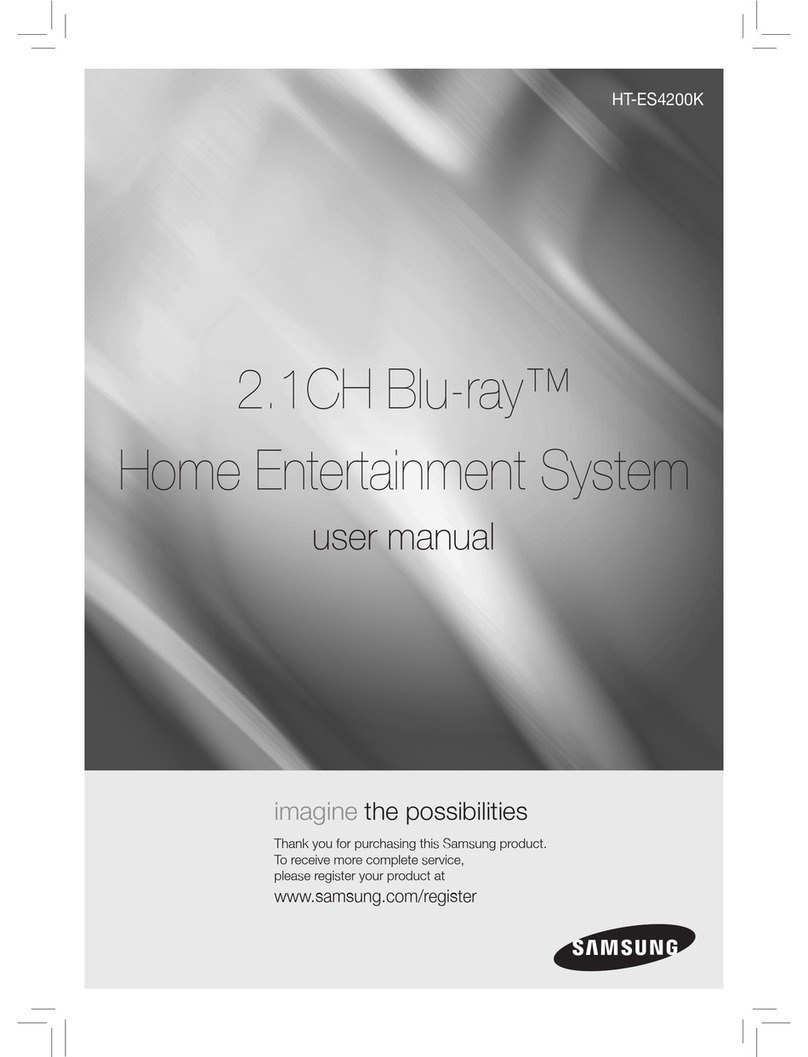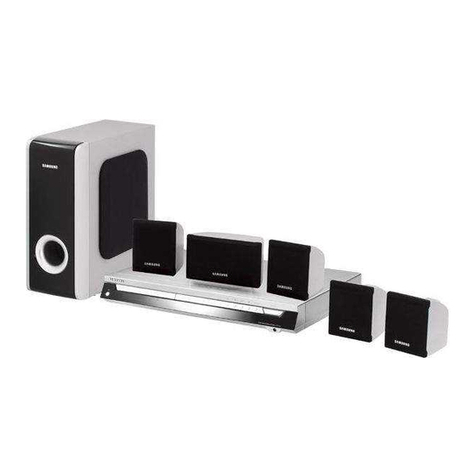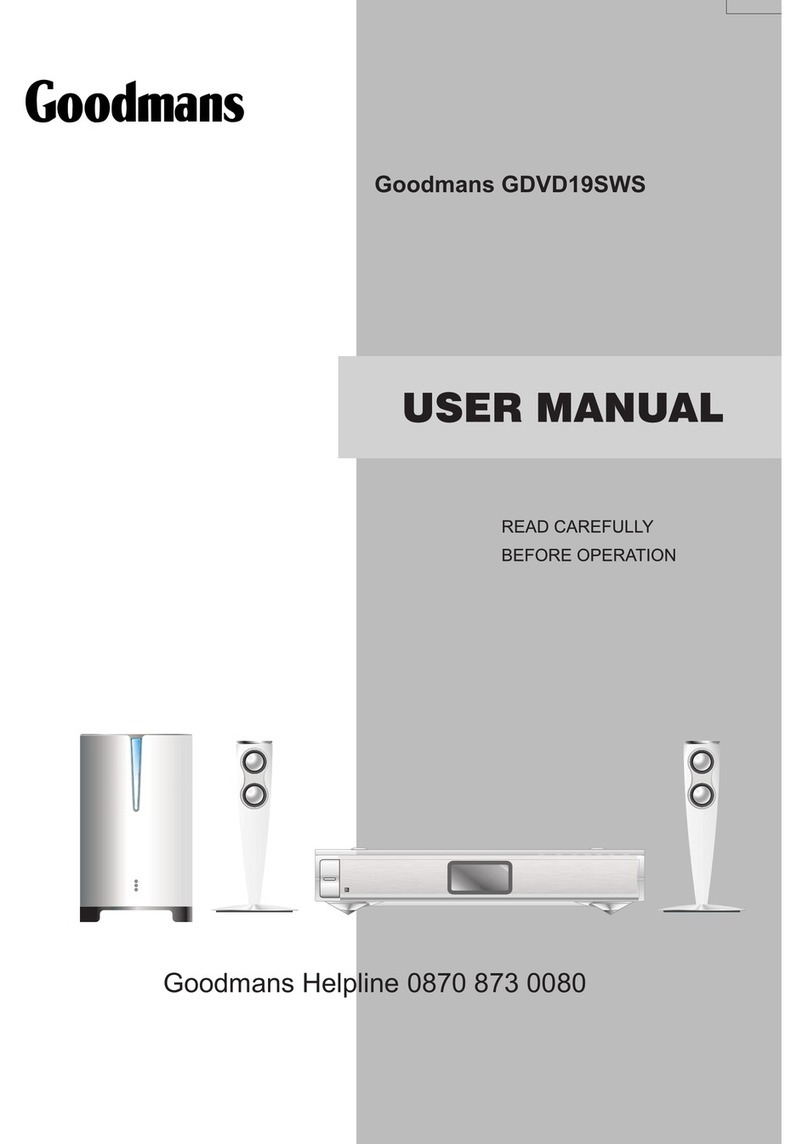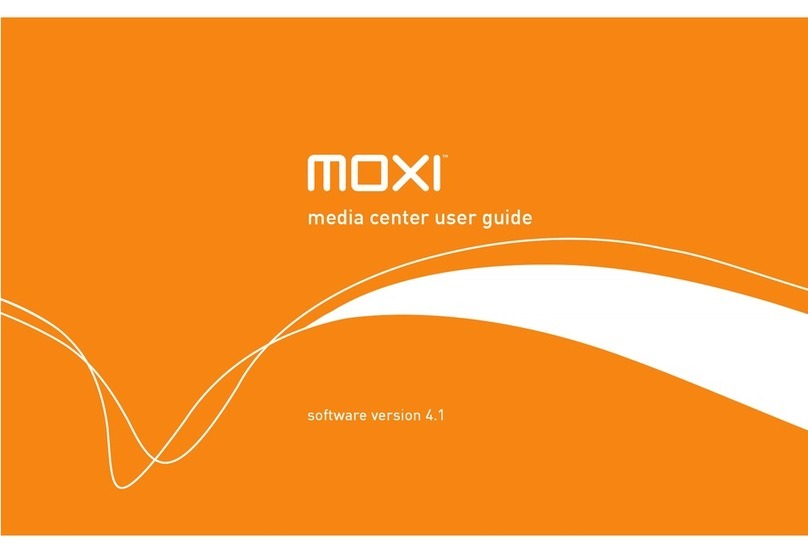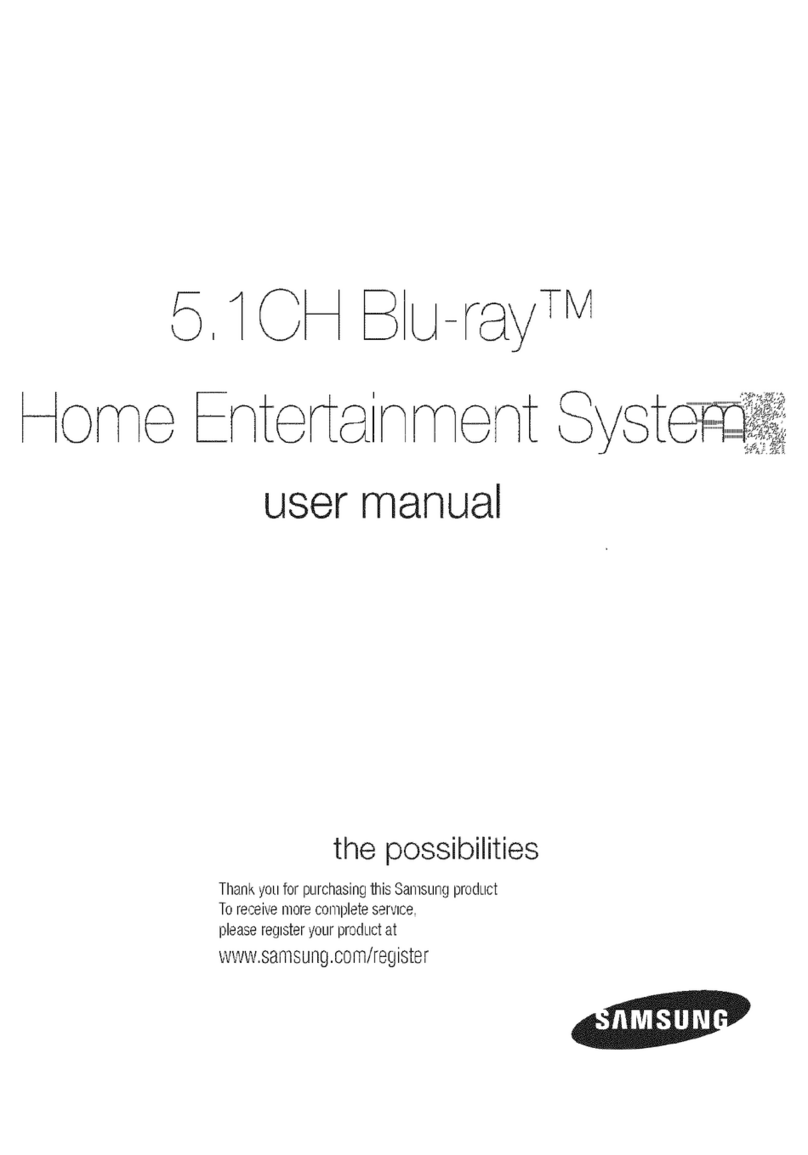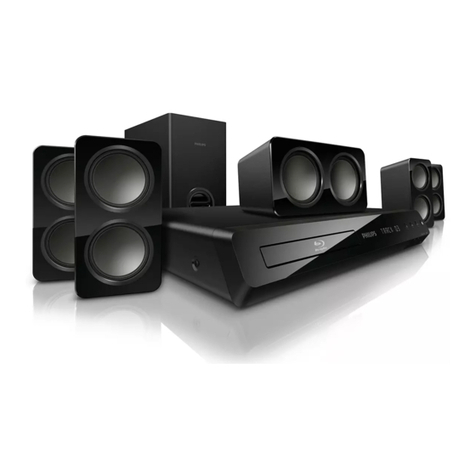Before you start …
If you connect a Bang & Olufsen audio or
video product to your television with a
Master Link cable, you can exclude or include
it in timed functions via the Play Timer menu.
For example, set the television’s Play Timer to
ON and an audio system’s Play Timer to OFF if
you wish timed functions to apply only to the
television.
To switch on the Play Timer …
> Press MENU to bring up the TV SETUP menu
and press to highlight PLAY TIMER.
> Press GO to bring up the PLAY TIMER menu,
and press or to highlight TIMER ON/OFF.
> Press GO to bring up the TIMER ON/OFF menu.
> Press or to reveal ON.
> Press GO to store the setting.
For further information about how to switch the
Play Timer on or off for a connected Bang &
Olufsen audio or video product, refer to the Guide
enclosed with the product.
Timed play and timed standby
You can preset your television to start and
stop automatically at the same time and day
every week.
To enter settings for timed play or timed
standby …
> Press MENU to bring up the TV SETUP menu
and press to highlight PLAY TIMER.
> Press GO to bring up the PLAY TIMER menu and
press to highlight PLAY TIMER
PROGRAMMING.
> Press GO to bring up the PLAY TIMER
PROGRAMMING menu.
> Press or to move through the menu items.
> Use the number buttons to enter information or
press or to view your choices for each item.
When DAYS is highlighted, press once to be
able to move through the days, and press or
to remove a day you do not want. Press to
move to the next day, and press to move back
to a previous day. When the weekday(s) you
want are displayed, press GO to accept the
day(s).
> When you have filled in the required
information, press GO to store your Timer
settings.
> Press EXIT to exit all menus.
You can make your television switch
itself on and off automatically via the
timed play and timed standby
functions, for example, if there is a
programme you do not want to miss.
Enter as many as six Timer settings,
and bring up an on-screen list of the
Timer settings you have entered.
From this list, you can edit or delete
your Timer settings.
If your television is integrated with a
Bang & Olufsen audio or video
system with a Master Link cable,
these systems can perform the timed
play or timed standby functions as
well.
For your timed settings to be
executed correctly, ensure that the
built-in clock is set to the correct
time. For further information, refer to
the chapter ‘Set the time and date’
on page 47 in the Reference book.
Set the television to switch itself on and off
8




